Raspberry Pi CEO Eben Upton on surviving the semiconductor crisis
The Raspberry Pi chief reveals how the organisation overcame component shortages during the COVID-19 years
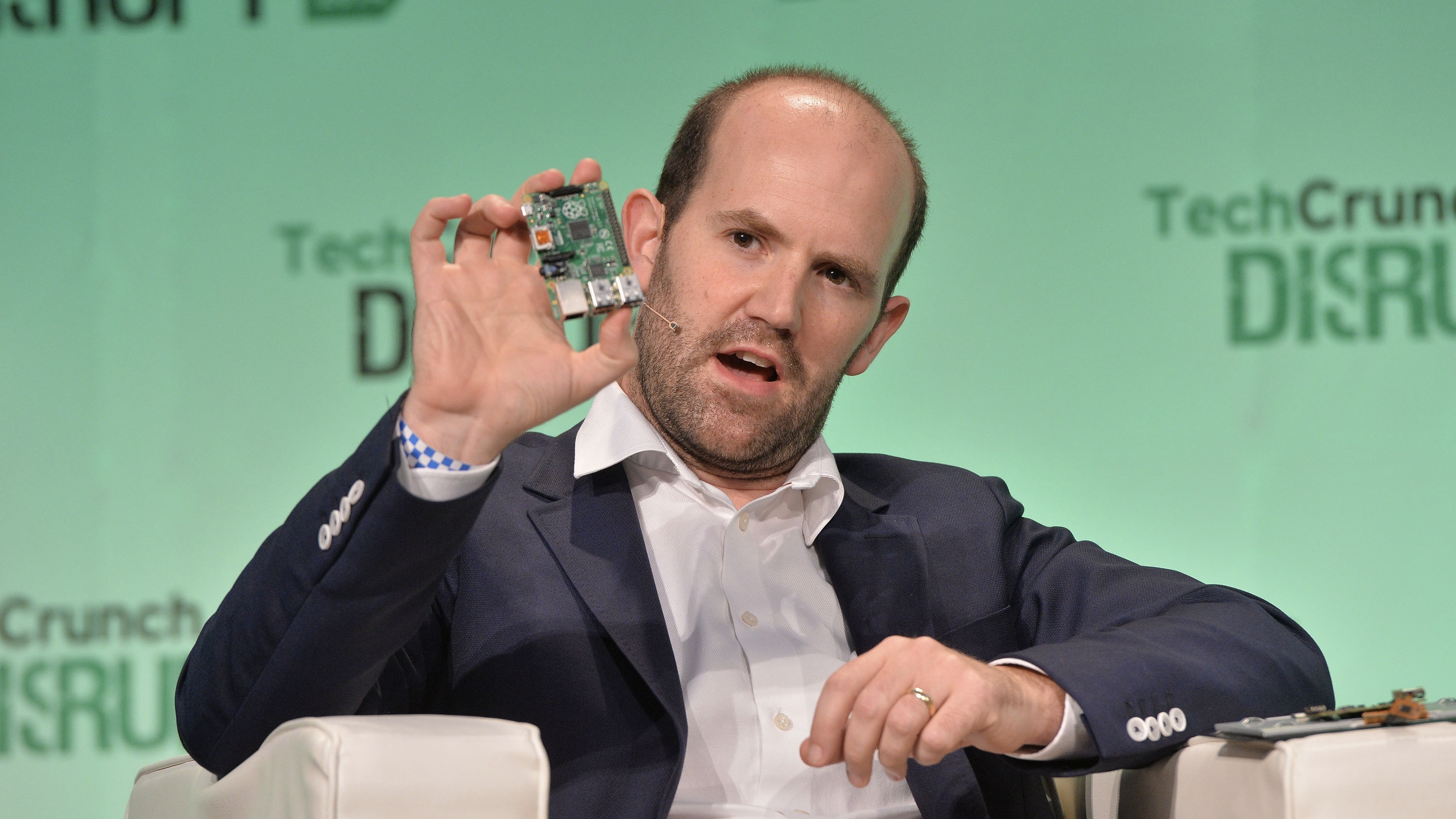
If you’ve tried to buy anything with a semiconductor inside it over the past few years, you’ll know that it has been a nightmare. Supply chain problems and shortages since the pandemic have driven many companies and customers to despair.
Many had, however, hoped the crisis would be past its worst by the end of 2022. And indeed, by the end of last year, there was a glint of light at the end of the tunnel. “Supply chain update – it’s good news!” wrote Raspberry Pi founder and CEO, Eben Upton, on the company’s blog. In the post, he described a much rosier picture for 2023 supplies of the company’s wildly popular single-board computers. So can we look forward to supplies returning to normal?
Unearthing hidden inventory pools
The initial supply shock was one that almost every hardware firm experienced. “We had finished goods inventory, we had component inventory, and we had a pipeline,” Upton explains. “We were probably good through until the second quarter of 2021.”
But then problems began to emerge further down the supply chain. “What you started to see was lead time blowouts on components,” he says, adding that component deliveries that were typically expected to take 26 weeks suddenly became much longer. He recalls how some vendors, such as the manufacturers of microcontrollers, would suddenly quote him a two-year wait for parts.
Raspberry Pi: Top projects to try yourself
“A big lesson for us was that a 104-week lead time doesn’t mean you can have your chips in 104 weeks, it means ‘go away’,” he says with a chuckle.
The trick then was to carefully manage what stock was available, to make the most of the limited supply. “The thing that sustained us through 2021 was having component and finished goods inventory pools in our organisation,” says Upton. “The thing that sustained us last year was going further down the OEM supply chain, and trying to detect where the hidden inventory pools there were, and then trying to thin them out.”
This involved some awkward phone calls. “If someone calls up and says ‘we want 10,000 Raspberry Pis’, we say ‘Really, though?’. Are you really going to use them or are you building inventory?,” says Upton, adding that he paid particular attention to OEMs who build products with his Raspberry Pi computers inside. He didn’t want customers to buy them and just leave them sitting on a shelf. “If we get a chip from a vendor, we want to turn it into a Raspberry Pi as quickly as possible. And then we want the OEM to turn it into a finished product as quickly as possible and sell it to their customers as possible.”
ChannelPro Newsletter
Stay up to date with the latest Channel industry news and analysis with our twice-weekly newsletter
This wasn’t just about Raspberry Pi’s business either – as Upton saw the impact supply chain issues could have downstream. “Most of our OEM customers [buy] 100 units a quarter, 100 units a year,” says Upton. “These are little companies that are making little widgets with Raspberry Pis. And if they don’t get the Raspberry Pis, they’re going out of business.”
He explains how the company could have mitigated the supply problem in two ways: the “American” solution, of putting up prices until demand falls or the “Soviet” solution of rationing. He chose the latter. “If someone designs my product into their product, we don’t put the price up on them after they’ve committed to us. They’ve placed their faith in us,” says Upton. “You could use price as a mechanism to control demand. But it just didn’t feel like it didn’t feel like the moral thing to do.”
Clinging onto reasons for optimism
RELATED RESOURCE

Why aren’t factories as smart as they could be?
How edge computing accelerates the journey to a remarkable factory
The good news is the future is looking more promising as the world economy shakes itself back to normal after the shock of COVID-19. “This isn’t that supply went down, it’s demand went up and supply couldn’t flex up to meet it, for a variety of reasons, mostly associated with the amount of time it takes to build new facilities,” says Upton. “For silicon vendors and for us, this has been about smart demand management. People have succeeded or failed based on how hard they’ve worked.”
So, supplies are improving and Upton expects the flow of new Raspberry Pi devices to be back to normal by later in the year. “You’ll see improved availability for a variety of products going through the year for hobbyists, I think you’ll see single unit [sales] limits, at least till the end of Q2, probably into Q3. But you’ll see allocation progressively lighten up on more and more products as chips flow through. And then Q3 onwards, we’ll be back [to normal].”
According to Upton, despite all of the problems, the company still managed to ship seven million units in 2021 – matching the 2020 total. But without the supply chain improving, it might not have been possible to repeat the trick for a third year running.
“I’m glad it’s coming to an end because I think we’ve learnt lots of cool tricks, but a lot of the cool tricks are single-use tricks,” he says of the company’s supply chain management. “Once you’ve detected a pool of inventory in the system, you can’t deplete it again. and the problem is our bag of tricks is not very full anymore.”
-
 Bigger salaries, more burnout: Is the CISO role in crisis?
Bigger salaries, more burnout: Is the CISO role in crisis?In-depth CISOs are more stressed than ever before – but why is this and what can be done?
By Kate O'Flaherty Published
-
 Cheap cyber crime kits can be bought on the dark web for less than $25
Cheap cyber crime kits can be bought on the dark web for less than $25News Research from NordVPN shows phishing kits are now widely available on the dark web and via messaging apps like Telegram, and are often selling for less than $25.
By Emma Woollacott Published
-
 What 2023 will mean for the industry
What 2023 will mean for the industryWhitepaper What do most IT decision makers really think will be the important trends and challenges in the coming year?
By ITPro Published
-
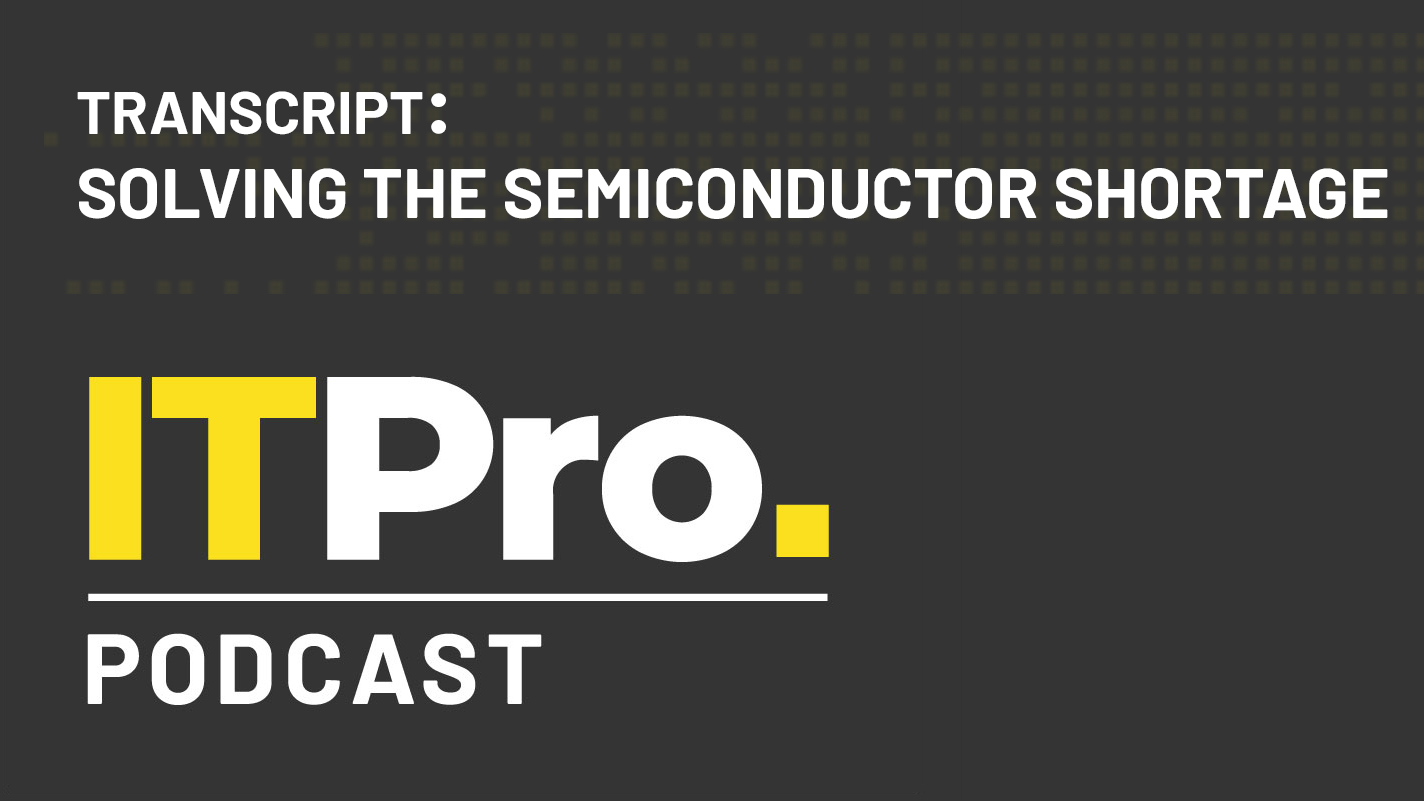 Podcast transcript: Solving the semiconductor shortage
Podcast transcript: Solving the semiconductor shortageIT Pro Podcast Read the full transcript for this episode of the IT Pro Podcast
By IT Pro Published
-
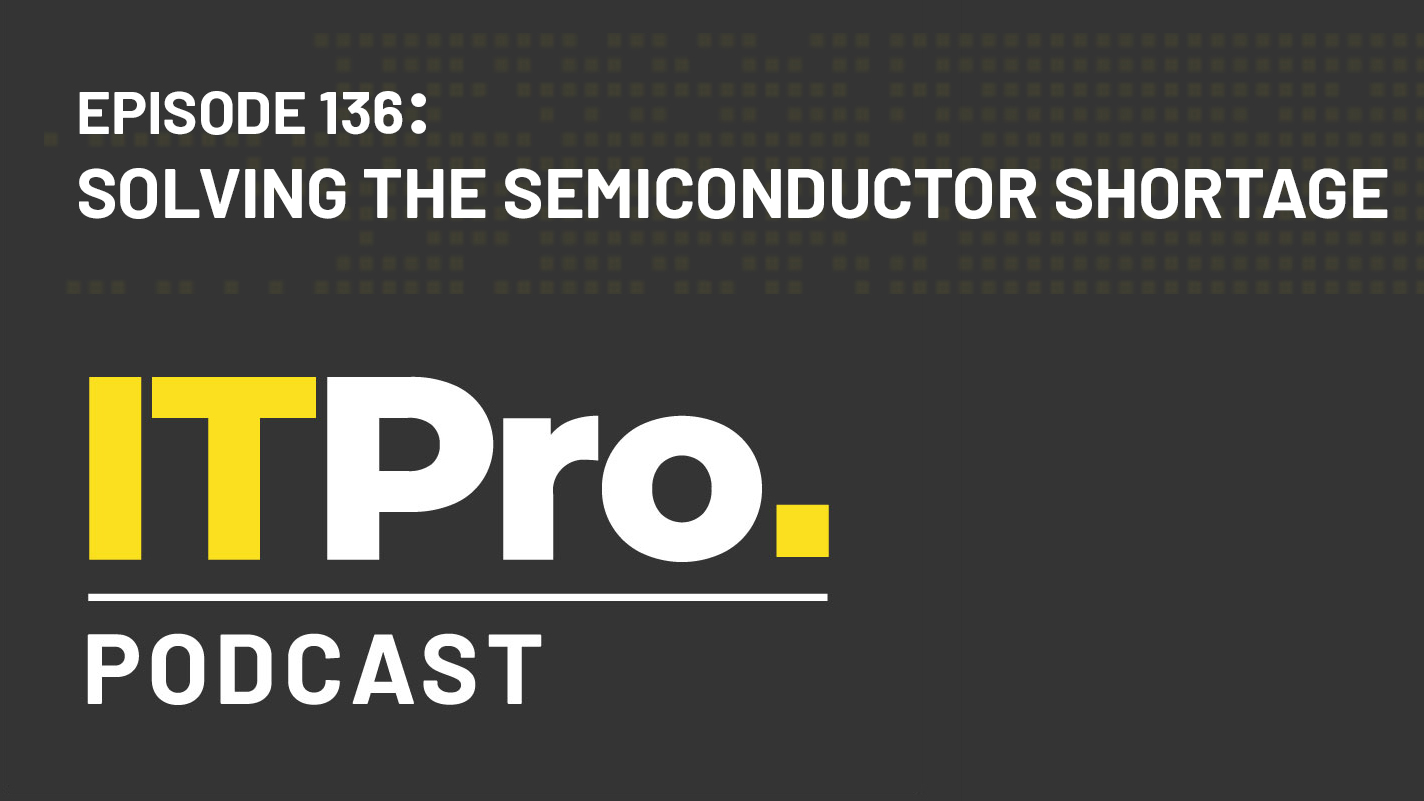 The IT Pro Podcast: Solving the semiconductor shortage
The IT Pro Podcast: Solving the semiconductor shortageIT Pro Podcast When the chips are down, supply chains may need a long time to ramp back up to full capacity
By IT Pro Published
-
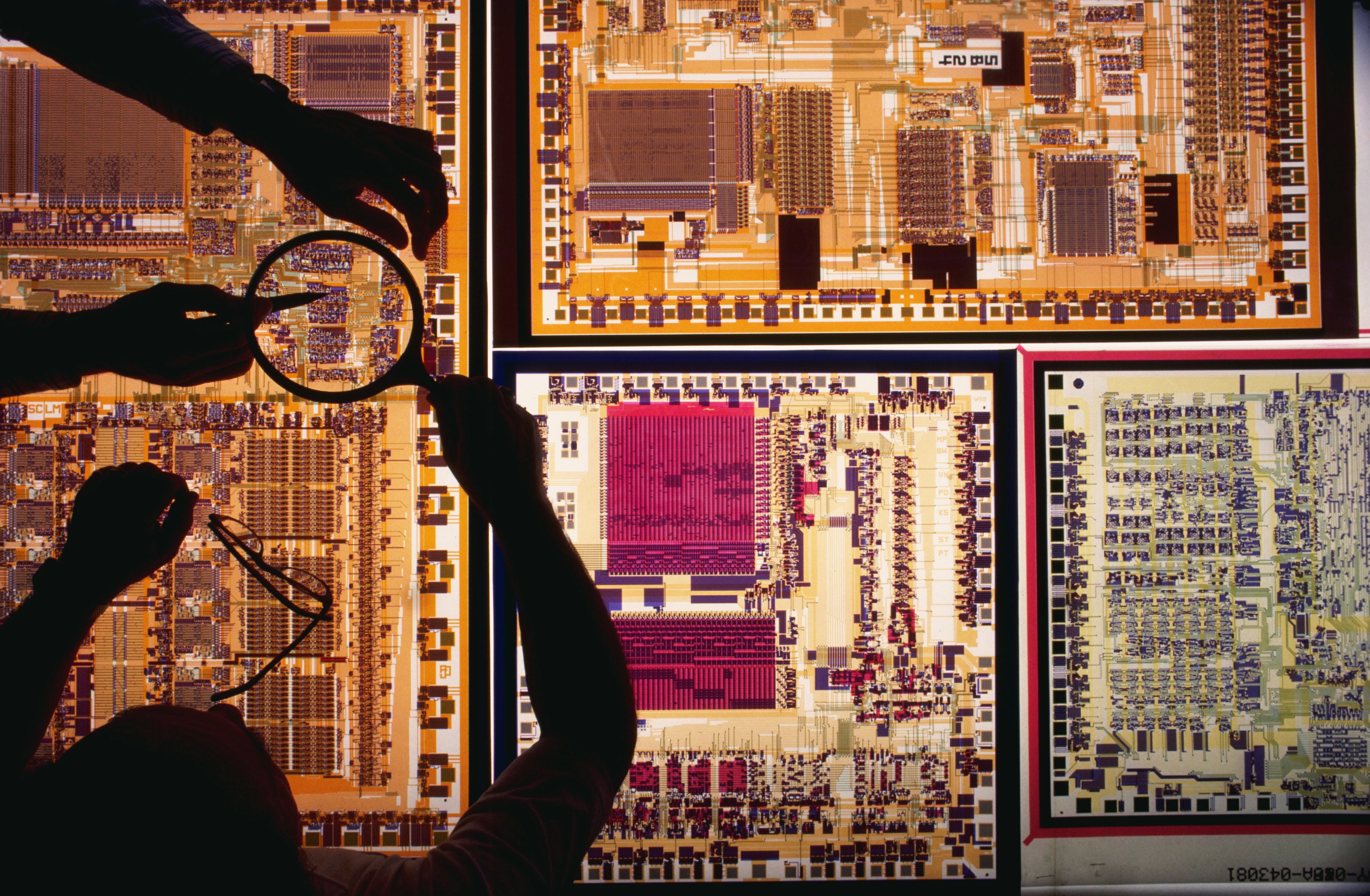 Short circuit: Will the chip shortage end this year?
Short circuit: Will the chip shortage end this year?In-depth With tech remaining in short supply, we explore whether the industry can get supply chains up and running any time soon
By James O'Malley Published
-
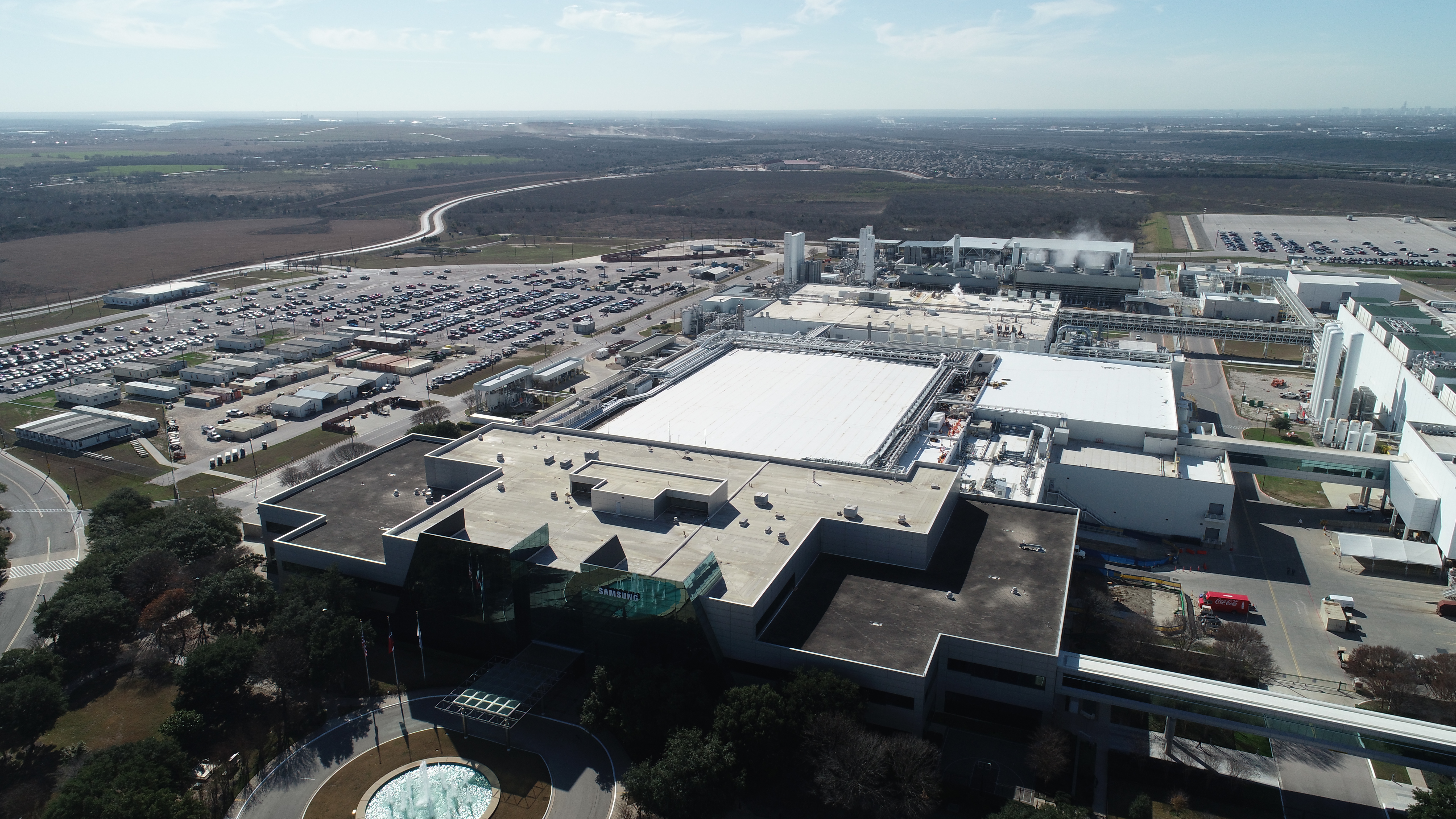 Samsung selects Texas for $17 billion semiconductor factory
Samsung selects Texas for $17 billion semiconductor factoryNews New plant to be built in Taylor, just 25km away from Samsung's existing site in Austin
By Rene Millman Published
-
 TSMC and Sony partner to build $7 billion chip plant in Japan
TSMC and Sony partner to build $7 billion chip plant in JapanNews The country is aiming to secure its chip supply chain as it imports over 60% of semiconductors from overseas
By Zach Marzouk Published
-
 GlobalFoundries invests $4 billion in Singapore semiconductor facility
GlobalFoundries invests $4 billion in Singapore semiconductor facilityNews The move comes as countries around the world are trying to attract chipmakers to set up plants in their territories amid a global chip shortage
By Zach Marzouk Published
-
 TSMC plans for new semiconductor plant seen as major win for Japan
TSMC plans for new semiconductor plant seen as major win for JapanNews The country is hoping to build a manufacturing base to immunise it from global shortages
By Zach Marzouk Published